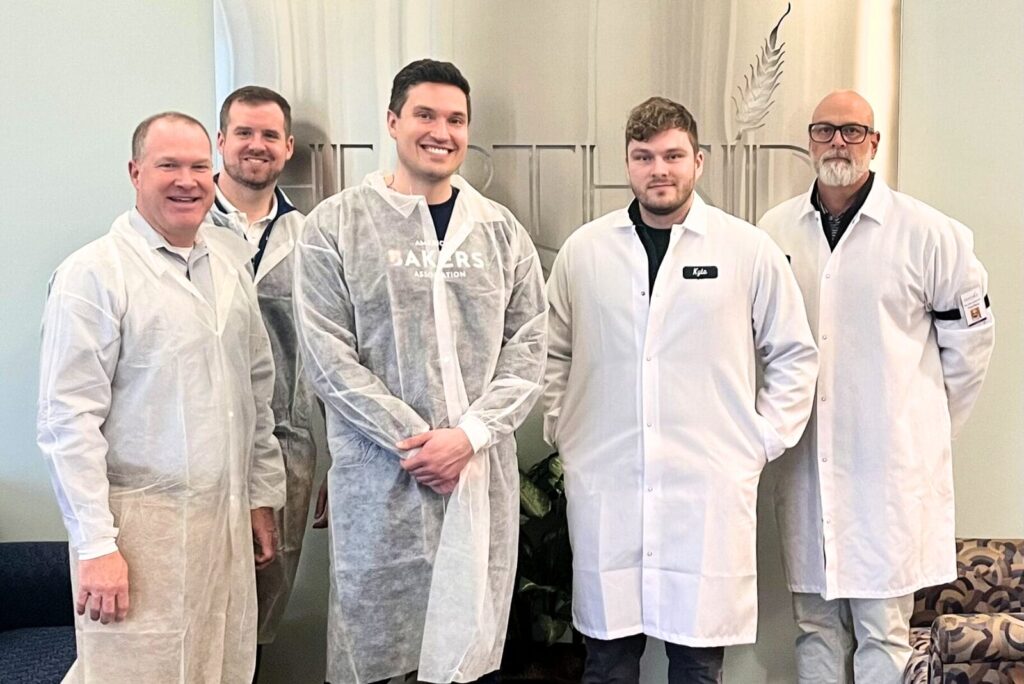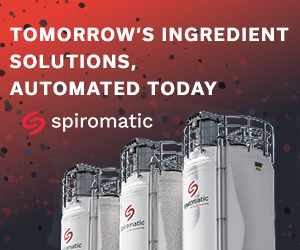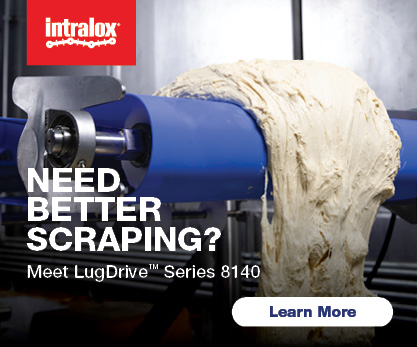Joanie Spencer: From the time you joined ABA as president and CEO, you made it a point to visit member companies. Why is it important for you to meet members where they are, and how is Charting the Course an extension of those first visits?
Eric Dell: I believe it’s part of my job to be out with our members, visiting with them, because we are the voice of the industry. I can’t do that sitting in Washington … you have to get out and get to know people.
The difference between my first visits and Charting the Course, for me, is that last year, I was learning the industry, and I needed to listen from the ground up. I took that entire year as a learning experience. Charting the Course will be similar visits to member companies, but now we’ll look through the lens of the strategic plan. These visits take on a new look and feel to focus on the goals in our strategic plan, such as creating a destination workplace and growing the category. It’s also an opportunity to talk about some of the research we’ve been doing. There may even be opportunities to do community service projects as well. I want to weave the fabric of the industry through Charting the Course.
So far, have you seen any emerging themes that pertain to the strategic plan?
Yes, definitely. In fact, while I’m on these visits, I’m walking through a PowerPoint presentation of the strategic plan. I’m sitting down with teams and defining our direction and where we going.
In talking about challenges that our members have, workforce keeps coming up. While it seems to be leveling out a little, we’re talking about how ABA can provide more resources to support the industry’s recruitment and retention efforts.
The first company I met with was McKee Foods, and I presented the entire plan to their leadership team. I’m so proud to have them back as an ABA member, and it was important to me that I share our vision and listen to their challenges and hear opportunities on how we can work together.
How do you see Charting the Course supporting goals like category growth for the industry?
Category growth, in terms of highlighting the positive impacts of the industry is an important strategic focus for us, not just in Charting the Course, but also in how we’re building our membership. You can see that from our latest board member additions as well as new member companies; we have members from all facets of the baking business who represent the array of industry voices and leadership.
During the tour, how are you balancing sharing information on the strategic plan and receiving feedback on member needs in those specific areas?
It’s an equal focus. We need to learn what those pain points are because when we know the challenges, we can help solve them. We also need to understand how those pain points relate specifically to the strategic plan.
I want to say to our members, ‘Here’s our plan; how are you dealing with these pain points, and how can we help you solve them?’ And then I can ask what their other pain points are, relay that back to our team and help them find resources for those, too.
Historically, ABA was known for member companies that produce mostly bread, buns and rolls. To achieve results on a strategic plan, why is it important to focus on a variety of categories and types of companies?
Our membership has always come from more than just one category, but we were well known for members in the bread, bun and roll categories. In the past couple of years, though, it started becoming more diverse in terms of the product categories our members represent. Now, we are focused on getting that message out to the industry and ensuring ABA is producing resources that serve members in all aspects of the industry.










